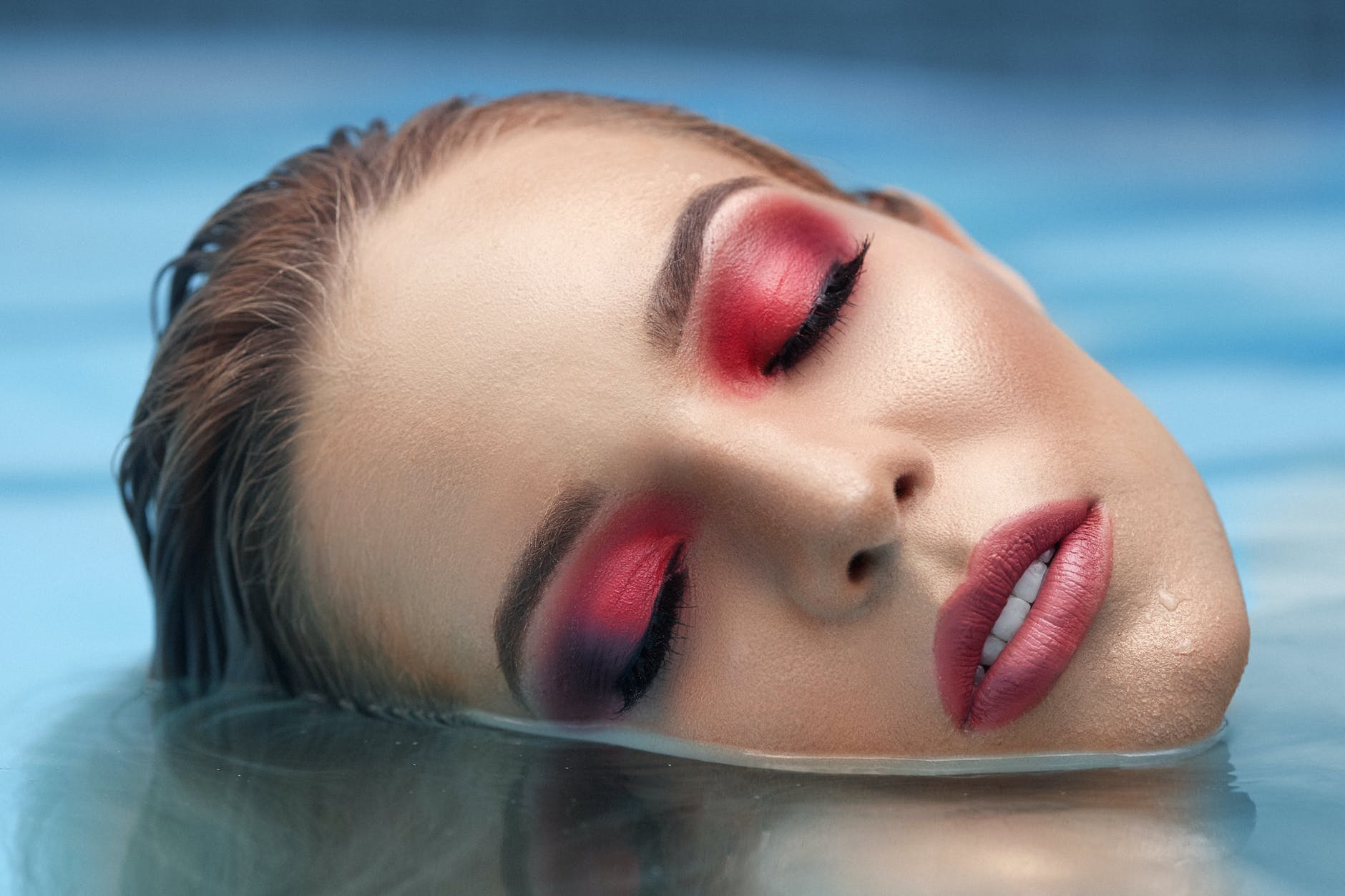14 Creative Self-Portrait Techniques
Estimated reading time: 8 minutes
Table of contents
- Self-Portrait, Not Selfie
- Use a tripod
- Use a self-timer and burst mode
- Use your camera’s Wi-Fi
- Prefocus your camera
- Place yourself in a visually interesting environment
- Shoot your reflection
- Use window light
- Experiment with facial expressions
- Document your life
- Put yourself in the landscape
- Include your natural environment
- Remove distractions
- Think outside the box
- Use a low f-stop
- LATEST POST
- RELATED LINK
Whether you want to spice up your Instagram selfies or you want to see your work displayed in an art gallery, these quick tips will help you master the art of self-portrait photography.
Self-Portrait, Not Selfie
Advances in digital photography, from Instagram filters to wireless technology, are making it easier than ever to capture striking self-portraits. Read our 14 self-portrait photography tips to learn how to photograph yourself in a whole new light.
Use a tripod
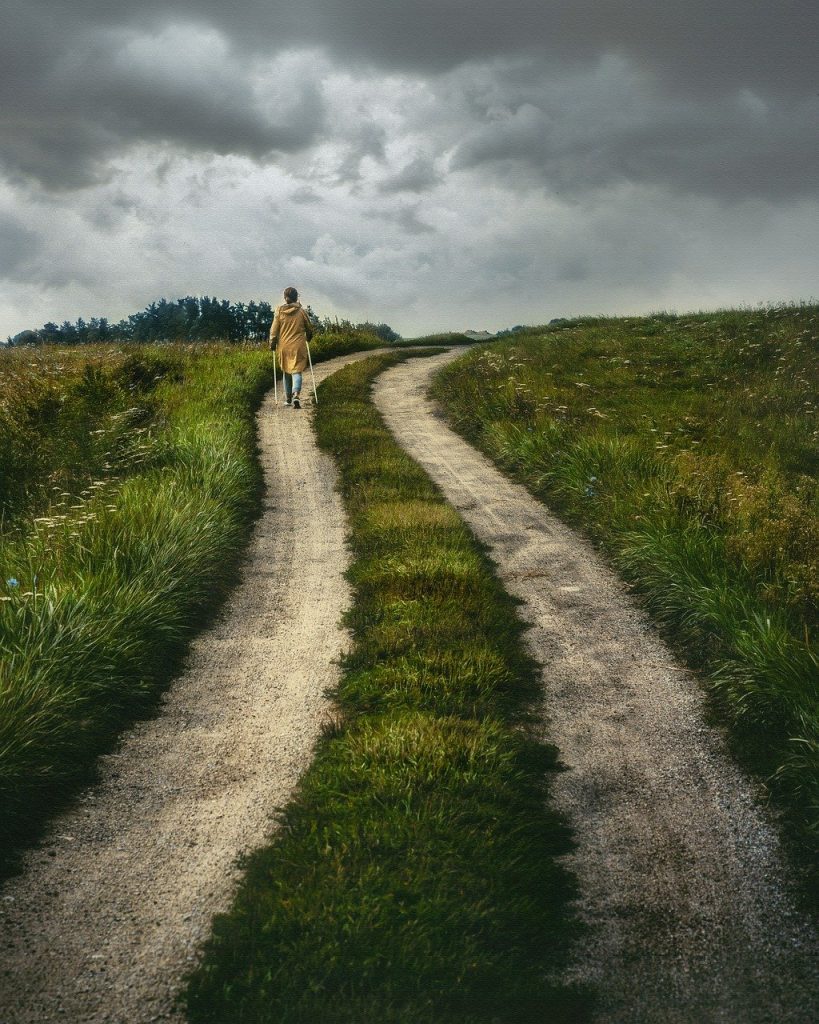
You’ll need a tripod to hold your camera unless you want to shoot selfie-style (with an outstretched hand). We recommend a lightweight tripod with a ball head, such as the Zomei Q555, which is portable but sturdy enough to support a DSLR camera. If you intend to shoot with your smartphone, make sure to purchase a universal adapter that can be attached to your tripod.
Use a self-timer and burst mode
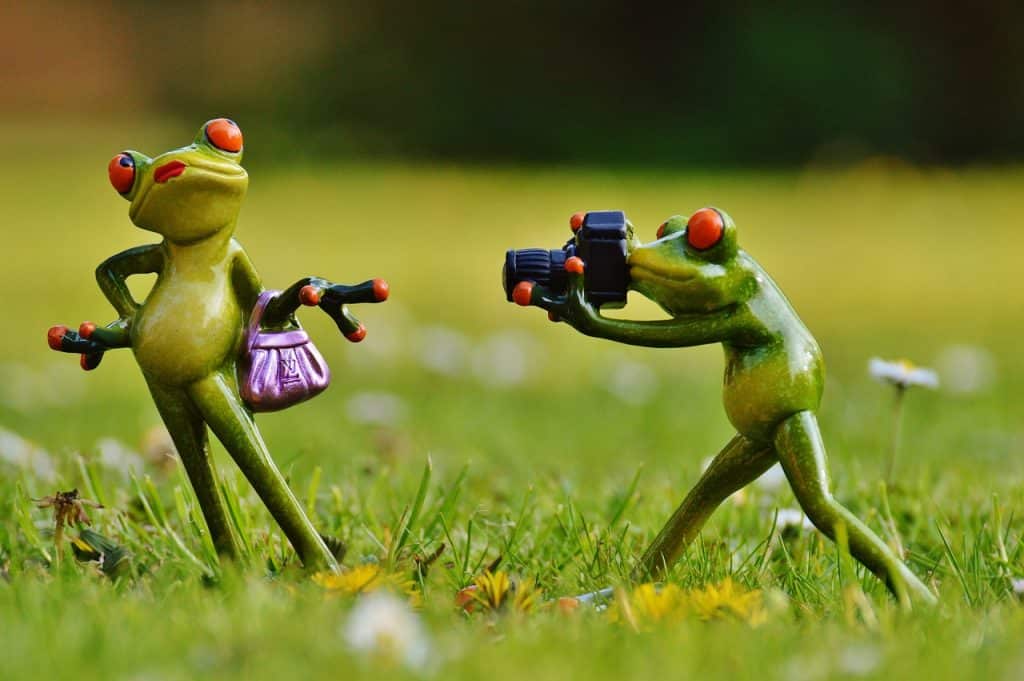
The most convenient way to fire your camera from a distance is to use its self-timer or a wireless remote. Most camera models allow you to set a delay of at least 10 seconds, giving you plenty of time to set up your equipment. Turn on your camera’s “burst mode” if possible, so you can try out multiple poses in quick succession.
Use your camera’s Wi-Fi
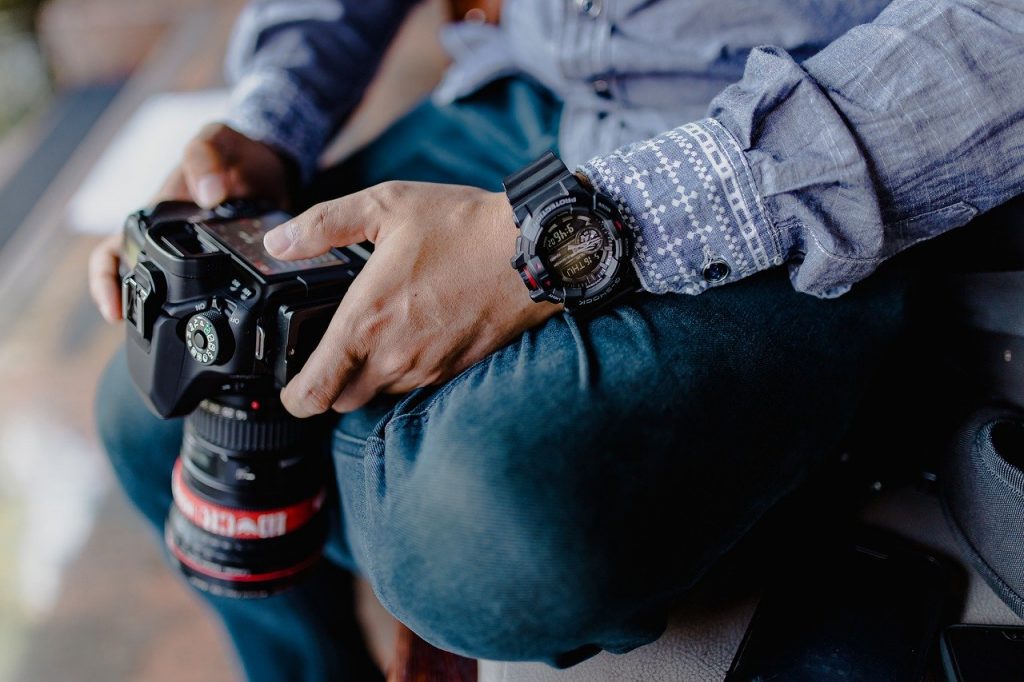
Most new digital cameras, including the Canon T7i and Nikon D5500, include built-in Wi-Fi, allowing you to wirelessly transmit your photos. This is especially useful when shooting self-portraits because you can preview your shots in real-time on a tablet or smartphone, eliminating the need to constantly return to the camera to see how your pictures are turning out. Most apps will also allow you to remotely fire your camera. Simply download the app that works with your camera and sync the devices, and you’re good to go.
Prefocus your camera
Prefocusing is essential when shooting self-portraits because you can’t use the viewfinder. Ask a friend to stand in for you, or concentrate on a random object such as a stick or stuffed animal. Once you’ve marked your location, remember to turn off autofocus so the camera doesn’t refocus when you press the shutter.
Place yourself in a visually interesting environment
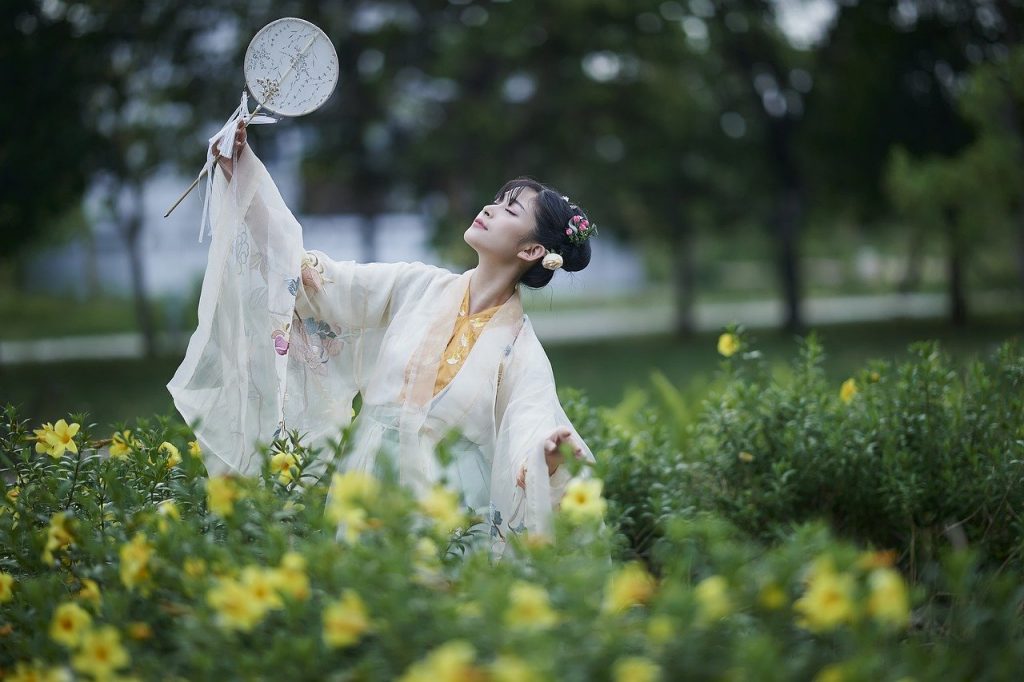
Pose in a visually stimulating environment for eye-catching self-portraits. Surrounding yourself with patterns and textures, such as a red brick wall, a field of flowers, or a sea of turquoise water, is a great way to add graphic elements to your portraits. Interior design and architectural elements that are one-of-a-kind can also help your images stand out.
Note: If you want to make some adjustments to the photo just let me know. I can do it for you at a very low cost. You can hire me to edit your photo.
Shoot your reflection
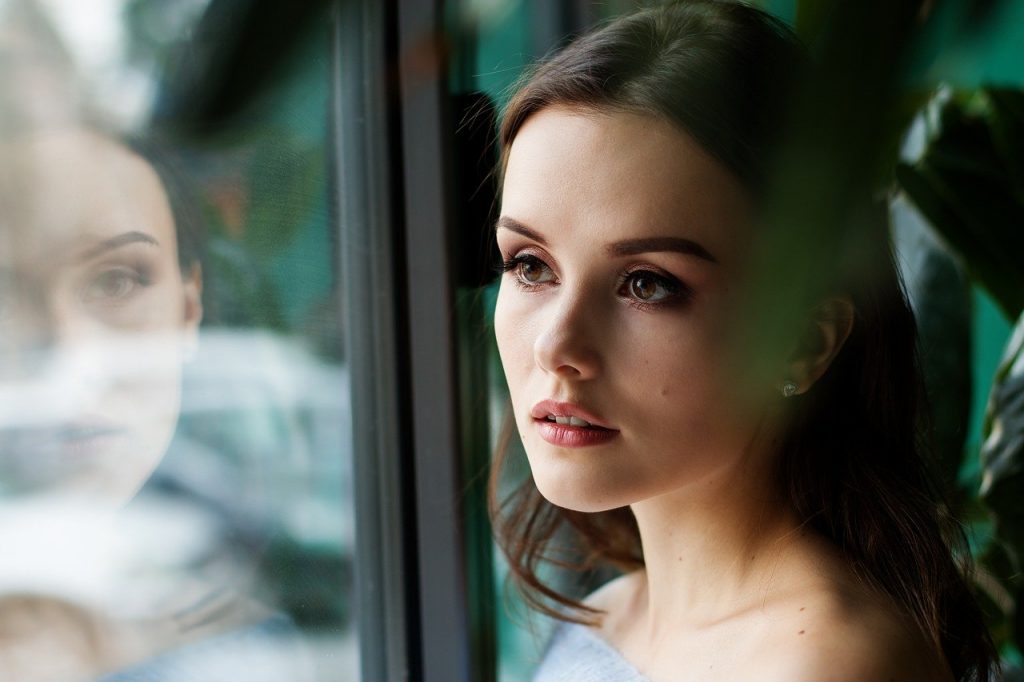
Almost everyone has taken a photograph of their own reflection at some point in their lives. Shooting into a mirror not only allows you to practice your pose and expression, but it also provides an intimate glimpse into your life by revealing the inside of your home (if that’s where you’re shooting) and even the type of camera you’re using. For a more sophisticated take on the mirror self-portrait, look for reflections in unexpected places, such as windows, puddles, and other shiny surfaces.
Use window light
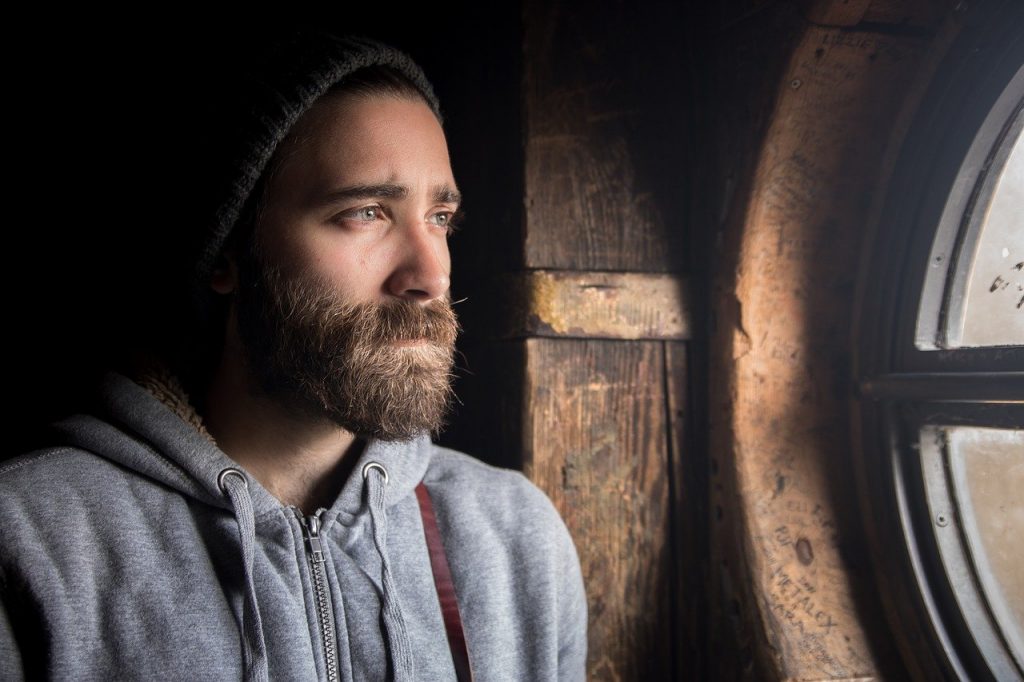
When photographing self-portraits indoors, try to position yourself near a large window. If it’s cloudy or shady outside, the diffused natural light will reduce harsh shadows, resulting in a more flattering image. When the sun shines directly into the room, you can use the shadows to create a more dramatic image, as seen in this portrait.
Experiment with facial expressions

Smiling and staring into the camera gets old quickly, and it’s not particularly creative. Make sure to vary your poses so you have a variety to choose from. In most cases, the mood of your self-portrait will be determined by your expression and body language.
Document your life
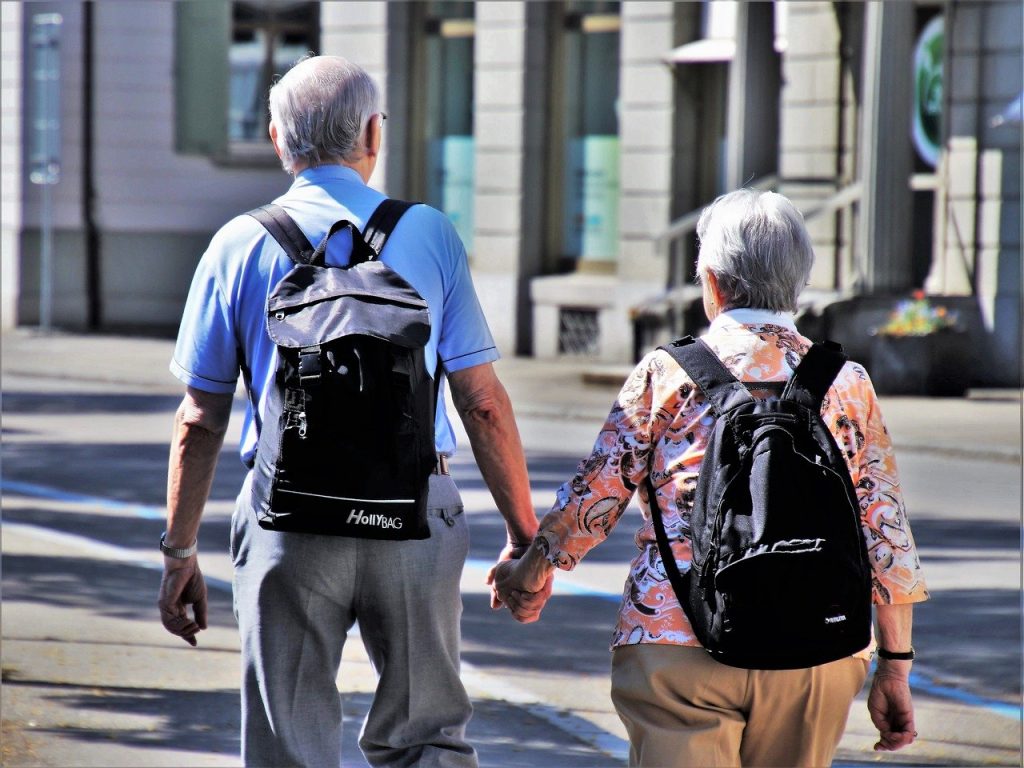
Some of the best self-portraits capture everyday moments. Take photos of yourself cooking dinner, commuting to work, or hanging out with friends. The photographer used this image to document a train ride with her husband by placing her phone on an empty seat.
Put yourself in the landscape
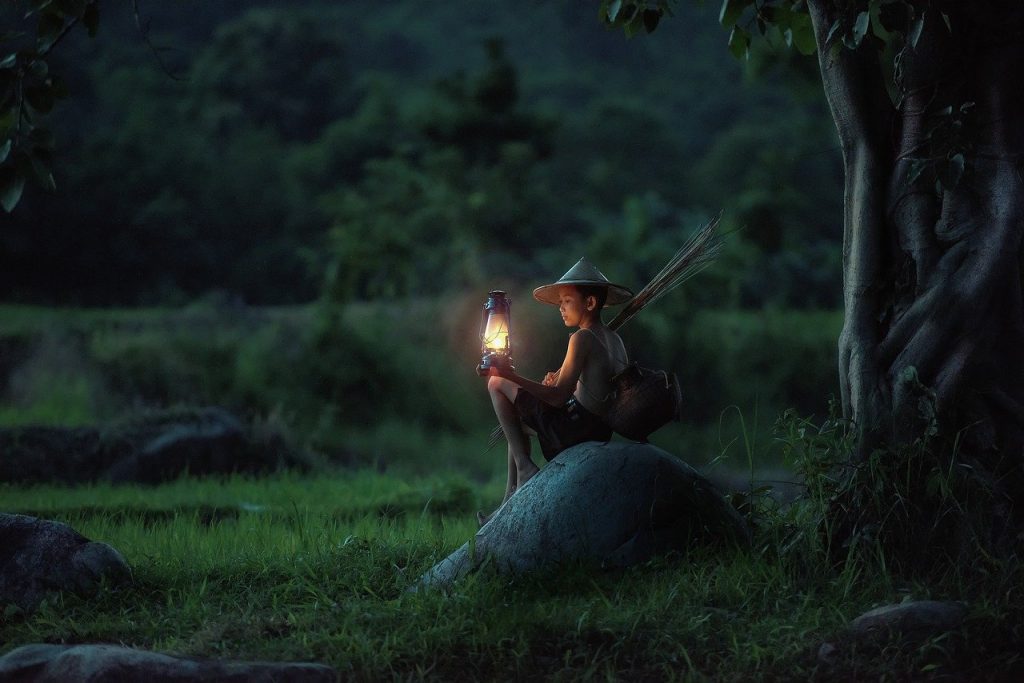
Stepping into an outdoor scene is a great way to add interest to a self-portrait while also documenting yourself in a beautiful location. Bring your tripod the next time you go on a hike or a scenic drive and look for opportunities to jump into the landscape.
Include your natural environment
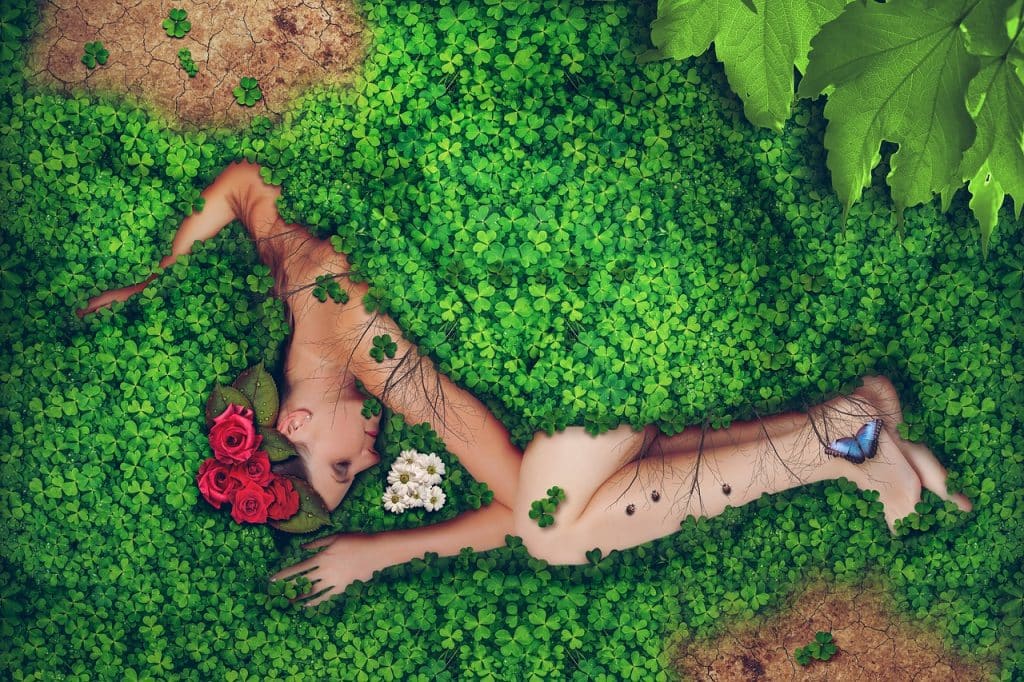
Viewing a person’s home and belongings is usually more informative than viewing their face. Consider including personal details such as piles of clothes on the floor, stuffed animals on the bed, or a stack of books you’ve been reading for a more intimate portrait.
Remove distractions
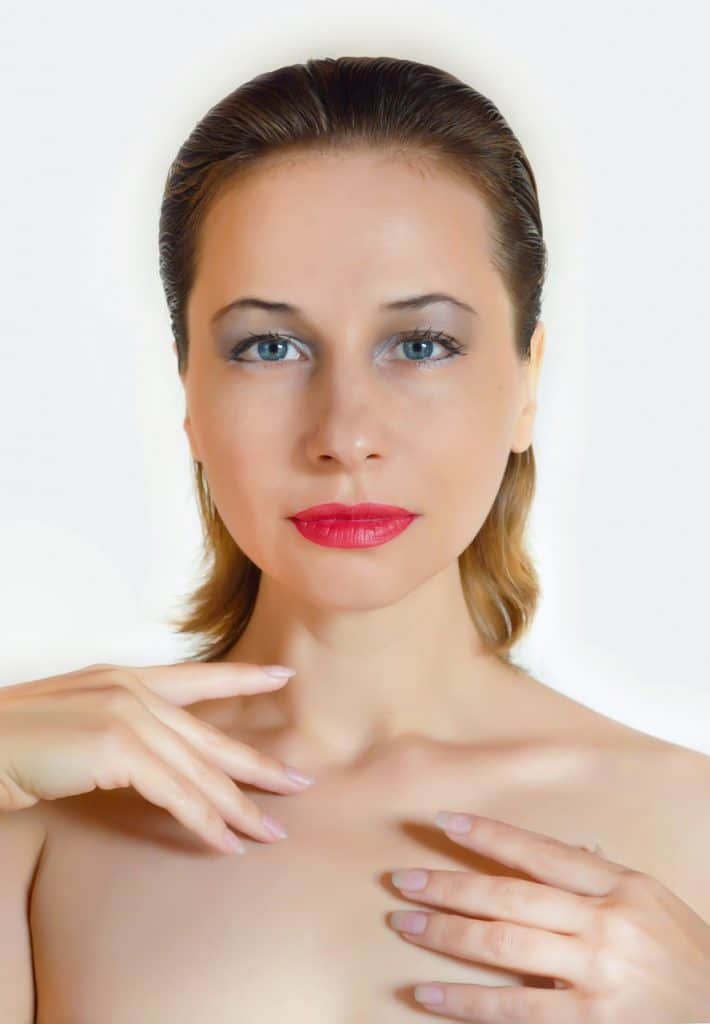
Unless you want the background to be a part of the story you’re trying to tell with the photo (as mentioned in the previous tip), showing too much of your surroundings can be distracting, especially if the objects are unidentifiable or don’t impart any relevant information about the portrait subject. For a clean look, remove any unnecessary clutter or shoot in front of a solid wall.
Think outside the box
One of the best things about taking self-portraits is that no one can see you doing it. As a result, embrace the self-portrait as an opportunity to experiment, try out new ideas, and relax your guard.
Use a low f-stop
It’s best to use a low f-stop when shooting self-portraits that don’t require the background to be in focus. This will result in a shallow depth of field, making you stand out from the crowd. If you don’t have a DSLR, you can achieve a similar effect by using Portrait mode on the iPhone 7 Plus or the Samsung Galaxy Note 8, which both use two lenses to blur the background. If you’re using a different smartphone, look for camera apps that allow you to adjust the f-stop.
Note: If you want to make some adjustments to the photo just let me know. I can do it for you at a very low cost. You can hire me to edit your photo.
LATEST POST
- Google I O 2025 Top Web UpdatesWhat should you pay attention to during Google I/O 2025? Discover the announcements from the Google I/O event 2025, featuring Gemini 2.5 Pro, Beam 3D, AI Mode in Search, and Stitch.
- Company Profile WritingUncover the essential components of a company profile. Our guide covers how to write about your mission, history, and contact details to showcase your business effectively.
- What is CashKaro and How to use CashKaro cashback app?Discover CashKaro and transform your online shopping! Learn how to earn cashback effortlessly with the CashKaro app. Start enjoying discounts today!
- How to Make a Graphical Abstract?Elevate your research presentation with our guide to crafting compelling graphical abstracts. Discover essential tips on visuals, clarity, and effective design.
- Best AI tools for Facebook AdsIf you’re seeking to improve your Facebook advertising strategies, Birch or Revealbot, AdEspresso by Hootsuite, and Zalster are exceptional AI tools that enhance efficiency and maximize ad performance.


